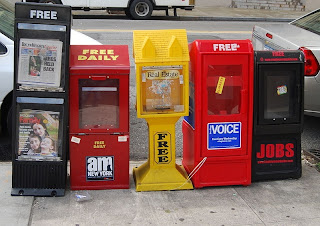In this week’s final installment, we come at last to epidemics, something usually viewed in a negative light. Why are epidemics relevant to what we’ve been talking about so far? Because sometimes knowing what to do or even how to do it, is not enough to move people to action. Yet, ultimately action is precisely what’s needed to begin addressing many of our current challenges. Epidemics, or more specifically characteristics they possess, provide a road map for doing just that.
Tipping Point: How Little Things Can Make a Big Difference
In the Tipping Point: How Little Things Can Make a Big Difference, Malcolm Gladwell describes the manner in which ideas, behaviors or trends seem to explode onto the scene like an epidemic and spread like wildfire. As with the farm and the garden, we will again see how we might achieve bigger results than might at first have seemed possible given the resources available— that is, the degree to which we might not only spread a message, but how we can also influence behavior around it as well.
Three Simple Rules
The underlying theory for “tipping” is not really new. It's actually grounded in research originally conducted by Everett Rogers and others in the areas of adoption and innovation within social networks, starting in the 1960s. However, for popular use, Gladwell condenses this research down to three simple rules:
- The Law of the Few – similar to an eco-system, certain members of a social network possess particular qualities that enhance its performance, in this case the ability to spread information rapidly, which helps to start or ignite an epidemic. They fall into three categories—Connectors, Mavens and Salesman— and are extremely effective, not only in passing information on, but getting others to act on it. Whomever else you send, speak to or try to persuade of your message, you’ll want to be sure you identify and include such individuals in your communication and outreach, especially if your resources for doing so are limited.
- The Stickiness Factor – before people can even act on information, they first have to notice it, amidst all the other stuff they are inundated with on a daily basis, therefore your message needs to be compelling or memorable in some way. Ways to increase a message’s “stickiness” include making it personally relevant, practical or convenient to your audience. It should also be simple and easy to understand and something you are able to repeatedly expose to your target audience.
- The Power of Context – finally, you may need to create the right systemic conditions in advance of disseminating your message in order to increase its chance of spreading. As we saw in the farm and garden, the more robust or bio-diverse the context, the more likely it is that desired outcomes (healthy plants, good yields, etc.) have the opportunity to flourish, while undesired or disruptive outcomes (e.g. pests, disease or weeds), do not. The context within which your message is delivered and received is similarly important.
And that's what farms, gardens and epidemics have in common and how they help build resilience!
Changing Your Intent
Creating Your Own Epidemic: What You Can Do Now!
In the spirit of “tipping”, if you*
- have a favorite “do nothing” local or regional farm, OR are a member of or are considering joining a CSA
- garden (your own or elsewhere in your community)
- currently shop or would like to start shopping at your local green market
- getting a friend or neighbor to join you. There’s strength (and resilience) in numbers!
- joining/starting a discussion on the With Intent Facebook page
So long for now!
*In NYC, visit Just Food or GrowNYC for more information about these options.



























